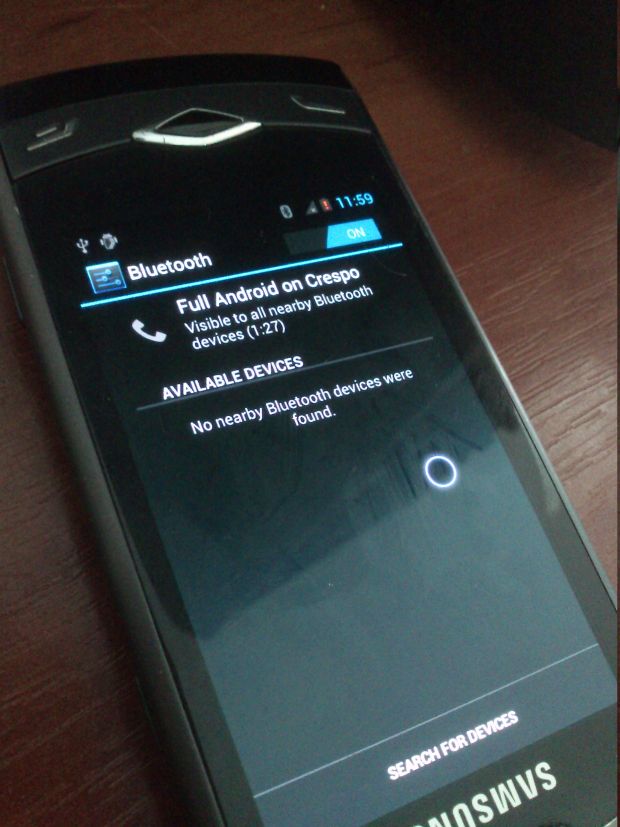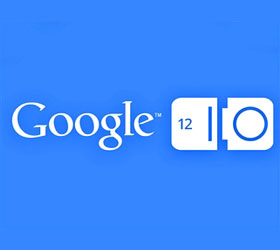Until a few days back, Microsoft had been reiterating its firm stand on third party plugins like Flash player by banning it in IE10 and saying that such plugins are not good for modern browsers. Now it has just revised that decision by reverting the default behaviour to allow any website to use the flash plugin. Earlier when IE10 was released along with Windows 8 and Windows RT, the Flash plugin was directly built into the browser and only those websites which were in Microsoft’s compatibility list were allowed to use this plugin. Rob Mauceri, the group program manager for Internet Explorer said in his blog post, “We believe having more sites “just work” in IE10 improves the experience for consumers, businesses, and developers. As a practical matter, the primary device you walk around with should give you access to all the Web content on the sites you rely on. Otherwise, the device is just a companion to a PC. Because some popular Web sites require Adobe Flash and do not offer
HTML5 alternatives, Adobe and Microsoft continue to work together closely to deliver a Flash Player optimized for the Windows experience.” With the latest update, Microsoft will be using the Compatibility View (CV) list to block only specific websites which are still known to be incompatible with the Windows Touch experience. The post also made clear that this Compatibility View list will be immediately after the update and will be used to block only a few incompatible websites on all versions of IE except the one on desktop mode in Windows 8. Microsoft says that this update reflects
the way in which flash content has matured on the web with respect to the Touch experience on Windows, but the truth might be that most developers are actually moving away to more standardized and open technologies like HTML5, since flash has essentially been phased out from mobile and tablet devices based on all other platforms. Microsoft has also released a relevant documentation on the developer website which you might be interested to look at.



